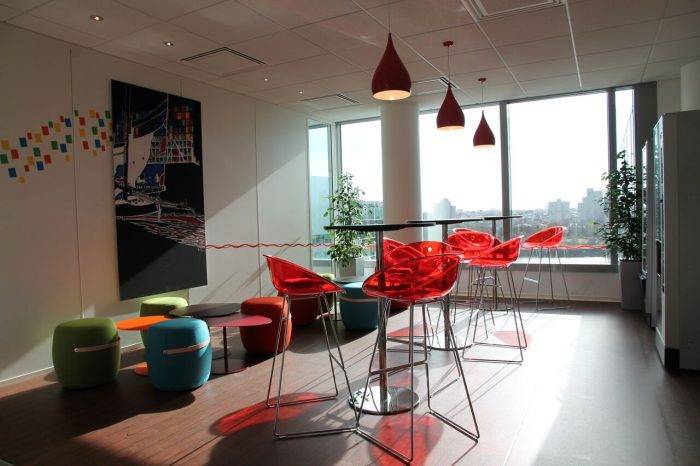October 27, 2016
Progress towards closing gender pay gap slows around the world 0
 Women across the globe earn on average just over half of what men earn despite, on average, working longer hours when taking paid and unpaid work into account. The world is facing an acute misuse of talent by not acting faster to tackle this gender inequality, which could put economic growth at risk and deprive economies of the opportunity to develop, warns the World Economic Forum’s Global Gender Gap Report 2016, which is published today. The latest edition of the annual benchmarking exercise that measures progress towards parity between men and women in four areas: Educational Attainment, Health and Survival, Economic Opportunity and Political Empowerment finds that progress towards parity in the key economic pillar has slowed dramatically with the gap – which stands at 59 percent – now larger than at any point since 2008. Aside from salary, another persistent challenge is stagnant labour force participation, with the global average for women standing at 54 percent, compared to 81 percent for men. The UK is ranked 20th overall in the global index and of those countries in Western Europe, the UK falls in the bottom half of the table. In respect of economic participation and opportunity, the UK is ranked 53.
Women across the globe earn on average just over half of what men earn despite, on average, working longer hours when taking paid and unpaid work into account. The world is facing an acute misuse of talent by not acting faster to tackle this gender inequality, which could put economic growth at risk and deprive economies of the opportunity to develop, warns the World Economic Forum’s Global Gender Gap Report 2016, which is published today. The latest edition of the annual benchmarking exercise that measures progress towards parity between men and women in four areas: Educational Attainment, Health and Survival, Economic Opportunity and Political Empowerment finds that progress towards parity in the key economic pillar has slowed dramatically with the gap – which stands at 59 percent – now larger than at any point since 2008. Aside from salary, another persistent challenge is stagnant labour force participation, with the global average for women standing at 54 percent, compared to 81 percent for men. The UK is ranked 20th overall in the global index and of those countries in Western Europe, the UK falls in the bottom half of the table. In respect of economic participation and opportunity, the UK is ranked 53.



































October 4, 2016
Motherhood or livelihood? Pregnancy discrimination in the workplace 0
by Tar Tumber • Comment, Legal news, Wellbeing, Workplace
Recent research by the Commons Women and Equalities Committee suggests that around 54,000 expectant and new mothers have no choice but to leave work due to pregnancy discrimination or concerns over the safety of their children; and shockingly, this figure has doubled in the last decade alone. Other research carried out by the Equality & Human Rights Commission (EHRC) and the former Department for Business, Innovation and Skills shows that despite 77 percent of working mothers reporting potentially discriminatory or negative experiences, only 28 percent raised the issue with their employer, and less than 1 percent pursued a claim through the tribunal system. As a mother of two young children, this is a topic very close to my heart. I have worked in HR for over 18 years now, and advised on all manner of employee relations issues and know from personal experience that being pregnant and suffering discrimination or redundancy is not at all unusual.
(more…)